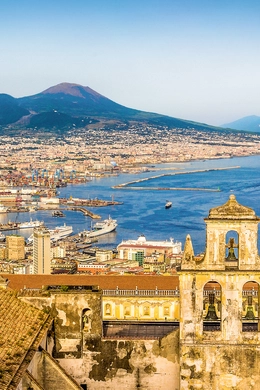
Naples, or Napoli in Italian, is a vibrant city located on the southwestern coast of Italy, overlooking the beautiful Bay of Naples. It’s known for its rich history, stunning architecture, and lively street life. Here are some key aspects that make Naples unique:
Historical Significance
Naples is one of the oldest continuously inhabited cities in the world, with a history that spans over 2,800 years. It was founded by the Greeks and later became a major cultural center during the Roman Empire.
Cultural Richness
The city is a treasure trove of art and architecture. From the grand churches and palaces to the narrow, winding streets of the historic center, Naples is full of cultural landmarks. The Naples National Archaeological Museum houses some of the most important artifacts from Pompeii and Herculaneum.
Cuisine
Naples is the birthplace of pizza, and you can find some of the best pizzerias in the world here. The local cuisine also includes delicious seafood, pasta dishes, and pastries like sfogliatella and babà.
Vibrant Street Life
The streets of Naples are always bustling with activity. Markets, street vendors, and lively piazzas create a dynamic atmosphere. Spaccanapoli, a long, narrow street that cuts through the historic center, is a great place to experience the city’s vibrant street life.
Natural Beauty
The city is set against the backdrop of Mount Vesuvius, an active volcano that offers hiking opportunities and stunning views. The nearby Amalfi Coast and islands like Capri and Ischia are also popular destinations for their natural beauty and crystal-clear waters.
Music and Festivals
Naples has a rich musical heritage, particularly known for its traditional Neapolitan songs. The city also hosts numerous festivals throughout the year, celebrating everything from religious events to local traditions.
Warm and Welcoming People
Neapolitans are known for their warmth and hospitality. The local dialect, Neapolitan, is widely spoken and adds to the city’s unique charm.
Naples is a city that offers a mix of history, culture, and natural beauty, making it a fascinating destination to explore. Is there a particular aspect of Naples you’re most interested in learning more about?
Centro Storico
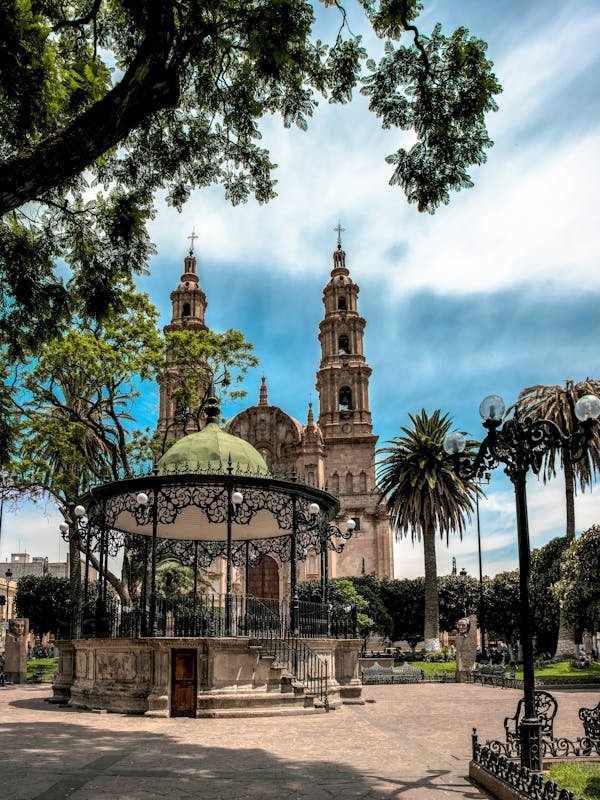
The Historic Center of Naples, known as Centro Storico, is a captivating area that showcases the city’s rich history and vibrant culture. Here are some highlights:
Historical Significance
The Centro Storico is one of the oldest continuously inhabited urban areas in the world, with a history that dates back over 2,800 years. It was declared a UNESCO World Heritage Site in 1995 due to its exceptional cultural value1.
Architectural Marvels
The area is renowned for its well-preserved ancient Greek and Roman structures, medieval castles, and Baroque churches. Key landmarks include:
Naples Cathedral (Duomo di Napoli): A stunning Gothic cathedral dedicated to Saint Januarius, the city’s patron saint1.
Sansevero Chapel (Cappella Sansevero): Famous for its intricate sculptures, including the Veiled Christ1.
Santa Chiara Monastery: Known for its beautiful cloister and archaeological museum2.
Vibrant Streets
The narrow, winding streets of the historic center are filled with lifeSpaccanapoli, a long, straight street that cuts through the heart of the area, is lined with shops, cafes, and historic buildings1.
Cultural Hotspots
The Centro Storico is home to numerous museums and galleries, such as the Naples National Archaeological Museum, which houses artifacts from Pompeii and Herculaneum1.
Local Life
The area is a bustling hub of activity, with markets, street vendors, and lively piazzas. It’s a great place to experience the authentic Neapolitan way of life.
Underground Naples
Beneath the streets of the historic center lies a network of ancient tunnels and catacombs, offering a fascinating glimpse into the city’s past2.
The Centro Storico of Naples is a must-visit for anyone interested in history, architecture, and vibrant urban life. Is there a specific landmark or aspect of the historic center you’d like to know more about?
The National Archaeological Museum of Naples
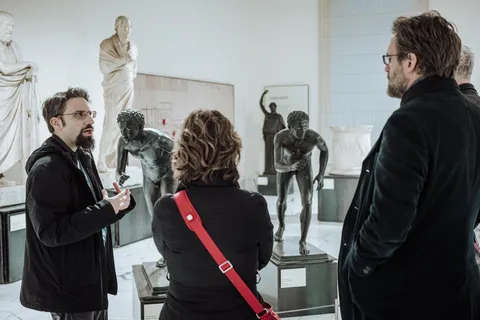
Also known as the Naples Archaeological Museum, is one of the world’s most important archaeological museums. It was founded in 1815 and is housed in a stunning Baroque building that was once the residence of the Bourbon kings of Naples.
The museum’s collection includes over 250,000 artifacts, making it one of the largest and most comprehensive archaeological museums in the world. The museum’s collection is divided into several sections, including a section dedicated to the art and artifacts of ancient Greece and Rome, as well as a section dedicated to the art and artifacts of the ancient civilizations of the Mediterranean, including the Etruscans, the Phoenicians, and the Mycenaeans.
One of the museum’s most famous exhibits is the collection of artifacts from Pompeii and Herculaneum, which were destroyed by the eruption of Mount Vesuvius in 79 AD. The museum’s collection includes a wide range of artifacts, including frescoes, mosaics, sculptures, and even preserved bodies of people who were killed in the eruption.
The museum also hosts temporary exhibitions, which have included exhibits on topics such as the art of ancient Egypt, the history of the Roman Empire, and the life and times of famous ancient figures, such as Alexander the Great and Julius Caesar.
The National Archaeological Museum of Naples is a must-see destination for anyone interested in the history and culture of the ancient Mediterranean world. With its stunning collection of artifacts and its beautifully restored Baroque building, the museum is a testament to the enduring legacy of the ancient civilizations that once flourished in the region.
Piazza del Plebiscito is a large
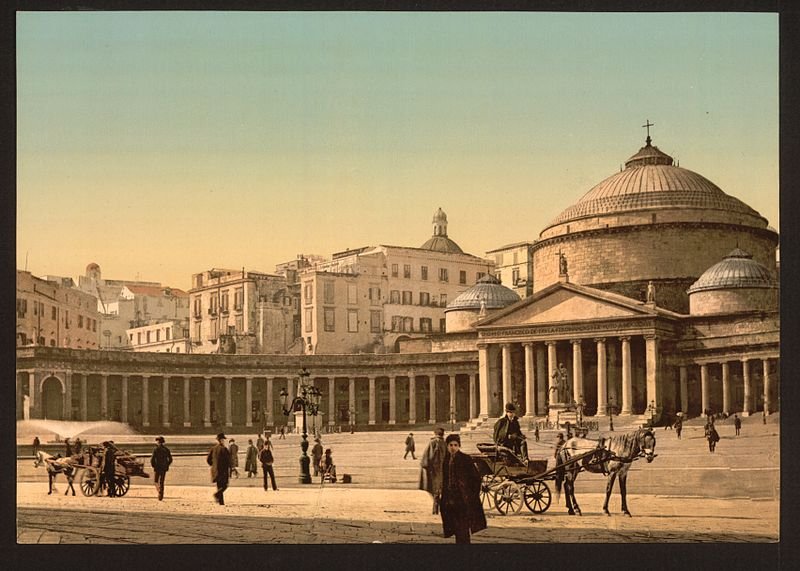
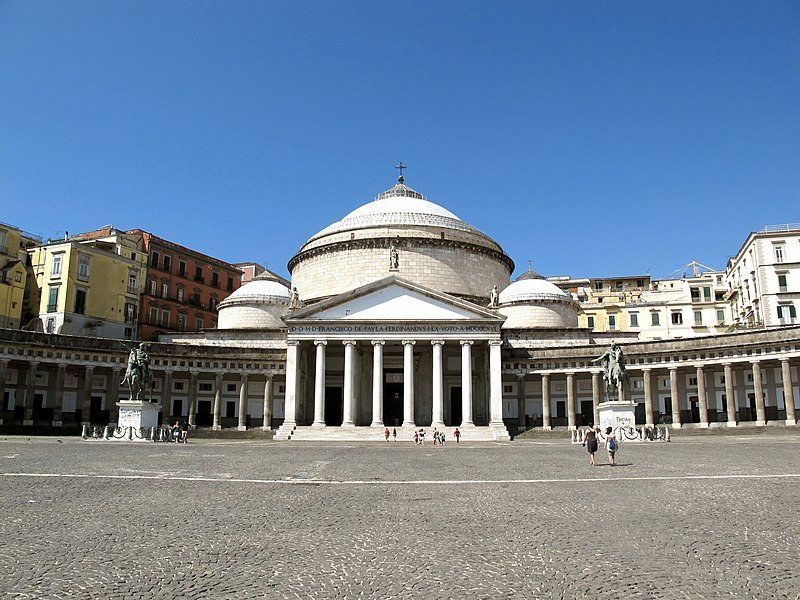
Piazza del Plebiscito is a large lively square located in the heart of Naples, Italy. It is one of the city’s most popular tourist attractions and a popular spot for shopping, dining, and people-watching.
The square is named after the plebiscite held in 1813, in which the Neapolitan people voted to accept the Bourbon dynasty as their rulers. The square is surrounded by some of Naples’ most iconic landmarks, including the Royal Palace of Naples, the Basilica of San Francesco di Paola, and the stunning Galleria Umberto I, which is home to a variety of high-end shops, cafes, and restaurants.
Piazza del Plebiscito is also home to several important monuments and statues, including a statue of King Ferdinand IV of Naples, a statue of the poet Giambattista Basile, and a statue of the philosopher Giordano Bruno. The square is also a popular spot for street performers and vendors, who sell everything from traditional Neapolitan cuisine to souvenirs and trinkets.
One of the square’s most iconic features is the beautiful fountain, which is adorned with statues of mythological figures and is surrounded by a series of elegant arches. The square is also a popular spot for special events and festivals, including concerts, exhibitions, and cultural performances.
Overall, Piazza del Plebiscito is a vibrant and bustling square that offers something for everyone. Whether you’re looking to shop, dine, or simply take in the sights and sounds of Naples, Piazza del Plebiscito is a must-see destination in the heart of this beautiful city.
Naples Cathedral Naples Cathedral
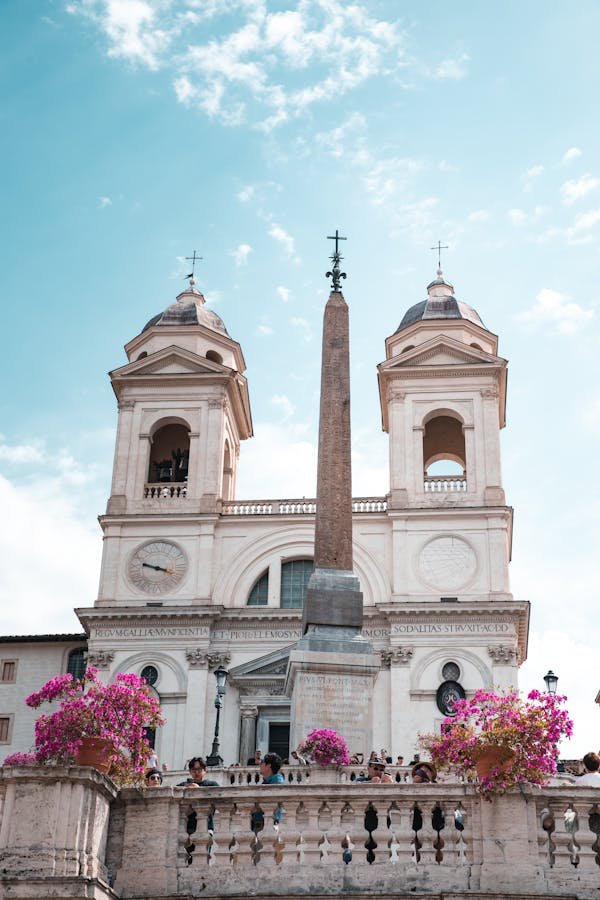
Naples Cathedral Naples Cathedral, also known as the Cathedral of San Gennaro, is a stunning Gothic cathedral located in the historic center of Naples, Italy. It is one of the city’s most important landmarks and a popular tourist attraction.
The cathedral was built in the 14th century and is dedicated to Saint Januarius, the city’s patron saint. The cathedral’s stunning architecture is a testament to the city’s rich history and its enduring legacy as a center of faith and spirituality.
The cathedral’s interior is adorned with a stunning collection of art and artifacts, including a beautiful fresco on the ceiling, a series of intricate mosaics, and a collection of precious relics, including a vial of blood said to belong to Saint Januarius himself.
One of the cathedral’s most famous features is the stunning gold and silver decoration that adorns the interior of the church. The cathedral’s high altar is adorned with a stunning collection of precious gems and gold, including a large gold cross and a collection of gold and silver reliquaries.
The cathedral also houses a number of important works of art, including a stunning collection of frescoes and paintings, as well as a collection of precious artifacts, including a stunning gold and silver reliquary containing a piece of the True Cross.
Naples Cathedral is a must-see destination for anyone interested in the history and culture of Naples. With its stunning architecture, beautiful art and artifacts, and its enduring legacy as a center of faith and spirituality, the cathedral is a testament to the enduring legacy of Naples’ rich and storied past.
Via San Gregorio Armeno is a narrow
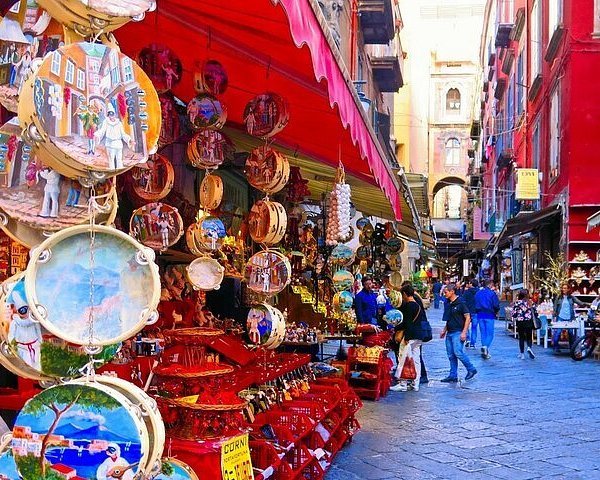
Via San Gregorio Armeno is a narrow, winding street located in the historic center of Naples, Italy. It is one of the city’s most popular tourist attractions and a popular spot for shopping, dining, and people-watching.
The street is named after San Gregorio Armeno, a 5th-century saint who was born in the city of Caesarea in Cappadocia and is best known for his role in the spread of Christianity in the early days of the faith. The street is lined with a variety of shops, cafes, and restaurants, as well as a number of street performers and vendors.
One of the street’s most famous features is its stunning collection of traditional Neapolitan cuisine, including pizza, pasta, and other delicious dishes. The street is also home to a number of artisan shops, where visitors can purchase everything from traditional Neapolitan ceramics to handmade jewelry and souvenirs.
Via San Gregorio Armeno is also a popular spot for special events and festivals, including concerts, exhibitions, and cultural performances. The street’s narrow, winding layout and its stunning collection of shops, cafes, and restaurants make it a must-see destination for anyone visiting Naples.
Overall, Via San Gregorio Armeno is a vibrant and bustling street that offers something for everyone. Whether you’re looking to shop, dine, or simply take in the sights and sounds of Naples, Via San Gregorio Armeno is a must-see destination in the heart of this beautiful city.
The Royal Palace of Naples
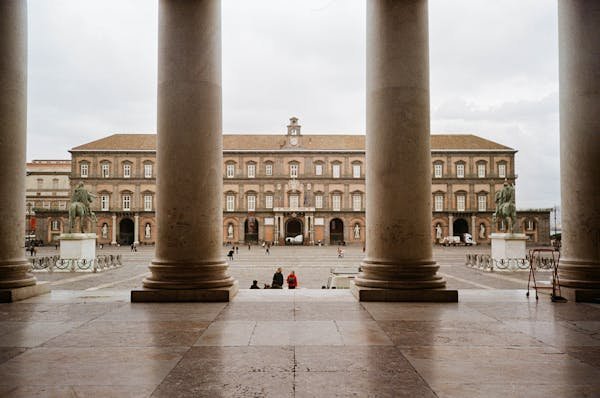
The Royal Palace of Naples is a stunning Baroque palace located in the historic center of Naples, Italy. It was the residence of the Bourbon kings of Naples and is now home to a museum and offers stunning views of the city from its terraces.
The palace was built in the 17th century and was the residence of the Bourbon dynasty, which ruled Naples from 1734 until 1861. The palace’s stunning Baroque architecture is a testament to the city’s rich history and its enduring legacy as a center of power and influence.
The palace’s interior is adorned with a stunning collection of art and artifacts, including a beautiful fresco on the ceiling, a series of intricate mosaics, and a collection of precious relics, including a vial of blood said to belong to Saint Januarius, the city’s patron saint.
One of the palace’s most famous features is its stunning collection of gold and silver decoration that adorns the interior of the palace. The palace’s high altar is adorned with a stunning collection of precious gems and gold, including a large gold cross and a collection of gold and silver reliquaries.
The palace also houses a number of important works of art, including a stunning collection of frescoes and paintings, as well as a collection of precious artifacts, including a stunning gold and silver reliquary containing a piece of the True Cross.
The Royal Palace of Naples is a must-see destination for anyone interested in the history and culture of Naples. With its stunning Baroque architecture, beautiful art and artifacts, and its enduring legacy as a center of power and influence, the palace is a testament to the enduring legacy of Naples’ rich and storied past.
Positano
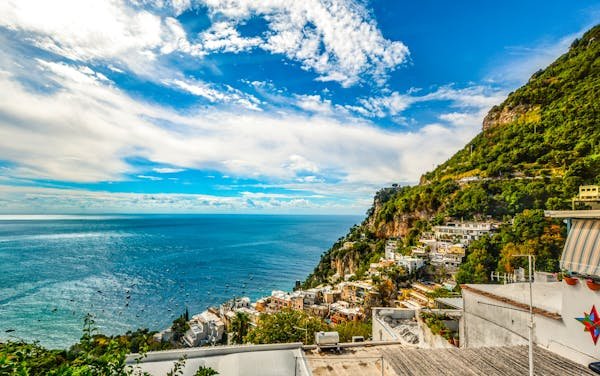
Positano is a stunning coastal town located in the Campania region of Italy, about 30 miles south of Naples. It is known for its stunning natural beauty, its rich history and culture, and its delicious cuisine.
Positano is perched on the side of a hill, offering breathtaking views of the sparkling Mediterranean Sea and the picturesque town of Sorrento. The town’s colorful buildings, narrow streets, and charming piazzas are a testament to its rich history and its enduring legacy as a popular tourist destination.
One of Positano’s most famous attractions is its stunning architecture, including the beautiful Cathedral of Santa Maria Assunta, the stunning Basilica of San Giovanni Battista, and the stunning Piazza del Plebiscito, which is home to a number of important landmarks and monuments, including a statue of the town’s patron saint, San Giovanni Battista.
Positano is also known for its delicious cuisine, which includes a variety of fresh seafood dishes, as well as traditional Neapolitan cuisine, including pizza, pasta, and other delicious dishes. The town is also home to a number of excellent wineries, where visitors can sample some of the region’s famous wines.
Positano is a popular destination for special events and festivals, including concerts, exhibitions, and cultural performances. The town’s stunning natural beauty, its rich history and culture, and its delicious cuisine make it a must-see destination for anyone visiting the Campania region of Italy.

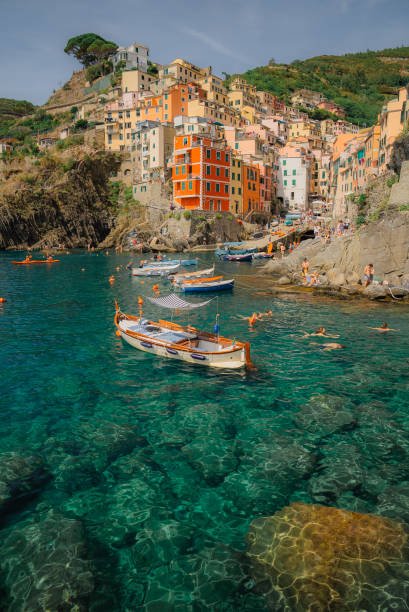
Leave a Reply